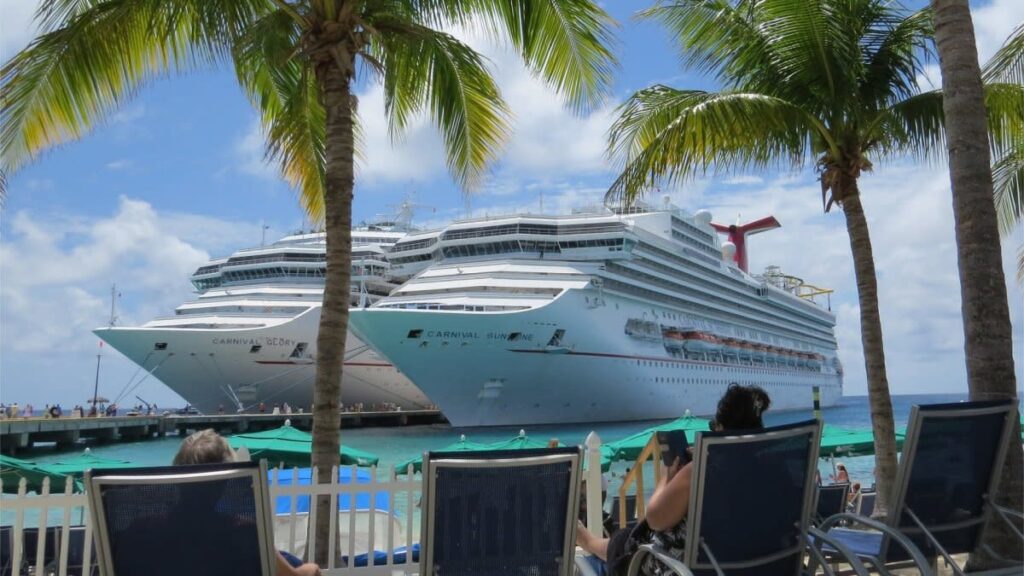Cruise passengers often have a complex relationship with rules, as some relish the structure they bring, particularly when those rules enhance their travel experience. In situations where a passenger’s behavior infringes upon the comfort of others, such as excessive noise late at night, the enforcement of rules is generally welcomed. However, many guidelines go unenforced because they might not directly impact someone else’s experience. As society’s dress norms evolve towards a more casual approach, especially in the wake of the COVID-19 pandemic, dress codes on cruises have also relaxed significantly. The shift in dress codes reflects a broader cultural acceptance of comfort over formality, which has permeated many aspects of daily life, including the cruise experience.
Carnival Cruise Line, while maintaining a dress code for its main dining areas and specialty restaurants, enjoys a reputation for relatively lax enforcement. Their dress code requires that passengers cover swimwear and wear appropriate footwear. More specific nighttime attire includes guidelines such as dress shorts or long pants for men, and sundresses or blouses for women. Despite these definitions, the interpretation of what exactly constitutes appropriate dress can lead to confusion and complaints, as shown in a recent incident where a passenger challenged the dress code after observing another wearing unconventional “jeans” during a formal night.
When confronted with concerns from guests about dress code violations, Carnival’s Brand Ambassador John Heald responds with a lighthearted perspective, emphasizing relaxation over rigidity. One frustrated passenger voiced her disdain not only about the apparent laxity in enforcing the dress code but also the ambiguity around it. In what might be seen as a humorous dismissal of the complaint, Heald highlighted that other passengers’ attire should not detract from one’s own enjoyment of the cruise experience. His comments suggest that allowing personal choice within the framework of the dress code serves the overall atmosphere on board.
Moreover, Heald acknowledges that some aspects of dress are indeed worth enforcing, like offensive slogans or inappropriate attire. He has stated a commitment to increasing enforcement where necessary, especially regarding clothing that is not family-friendly. Ultimately, though, Heald emphasizes a policy of leniency regarding many of the dress standards, arguing that becoming upset over attire that doesn’t pose a serious issue is often a waste of energy. He advocates for focusing on the enjoyable aspects of cruising rather than getting caught up in minor grievances over what other passengers choose to wear.
The conversation surrounding dress codes represents a broader philosophical dialogue about personal expression within communal spaces. Carnival’s approach to dress codes encapsulates the tension between maintaining a certain standard of decorum and allowing a level of freedom that aligns with contemporary values of individual expression and comfort. In this light, the cruise experience becomes less about rigidly adhering to outdated notions of propriety, and more about fostering an enjoyable environment for everyone on board.
As society continues to navigate post-pandemic transitions in dress codes and personal expression, the cruise industry, represented by brands like Carnival, must find a delicate balance between enforcing guidelines and ensuring guest satisfaction. Ultimately, the focus should remain on creating memorable and enjoyable experiences, allowing passengers to dress comfortably while still upholding a sense of communal sophistication that characterizes cruise vacations. In a world where life can sometimes feel too short to fuss over trivial matters, the call for more relaxed norms could be seen as a step towards greater enjoyment for all.

